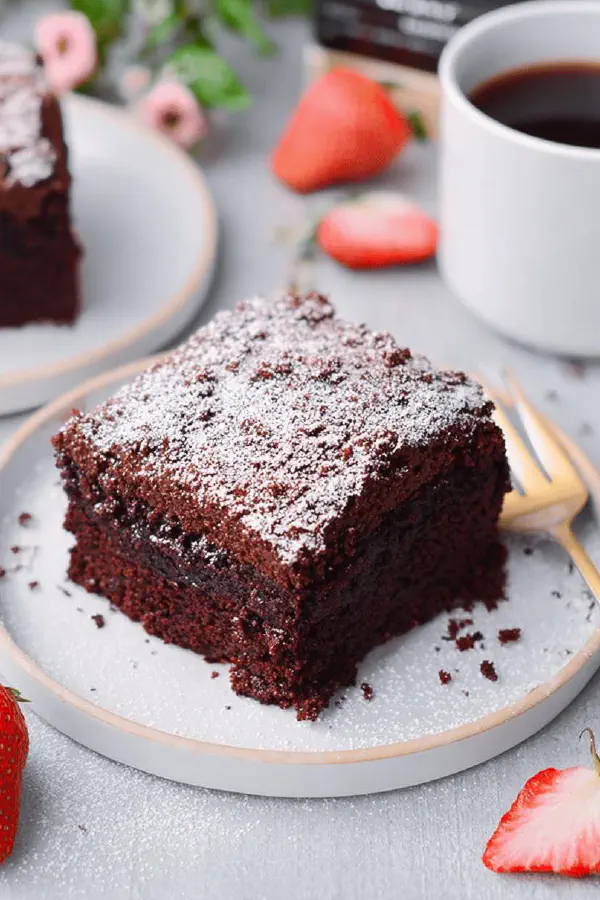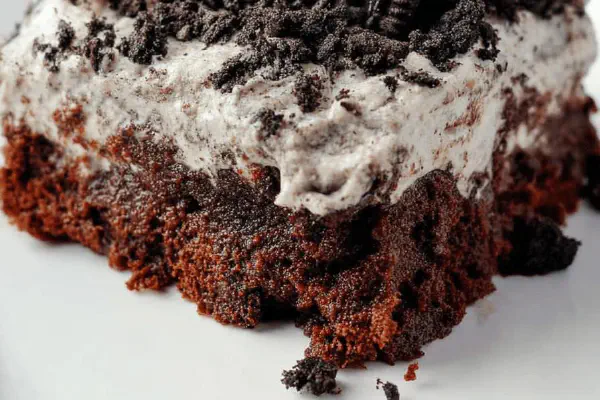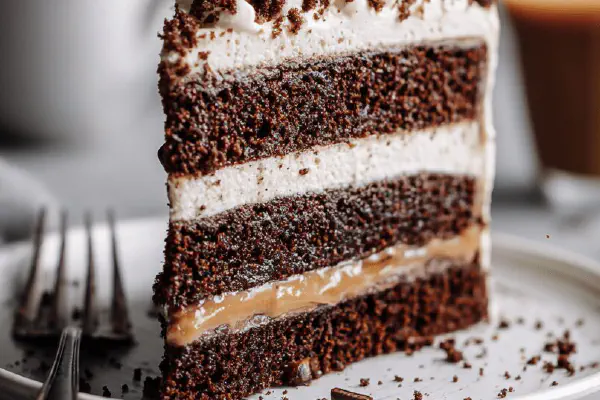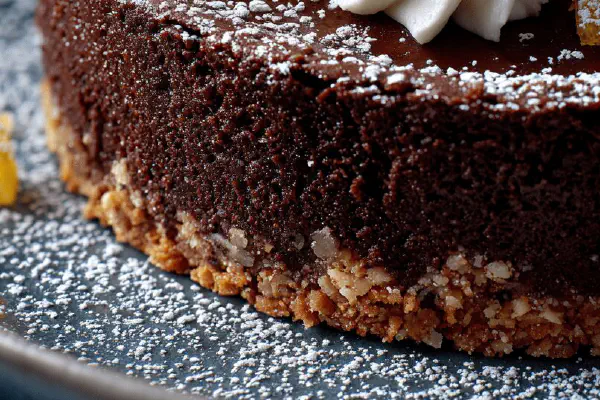Featured Recipe
Beet Chocolate Cake Twist

By Kate
"
Chocolate cake reimagined with pureed roasted beets for moisture and earthiness. Switched traditional canola oil for avocado oil to add subtle richness without overpowering. Rolled oats substitute for half the flour for texture and a slight nuttiness. Cocoa powder is replaced with Dutch-processed cocoa for deeper, less acidic chocolate flavor. Sugar reduced by 30 percent, balanced with a touch of honey to retain moisture. Baking temperature lowered slightly to 340°F to prevent cracking and ensure even rise. Visual cues emphasized over timers to judge doneness. Powdered sugar topping swapped for espresso dust for a bitter contrast and aroma punch.
"
Prep:
20 min
Cook:
35 min
Total:
55 min
Serves:
12 servings
cake
dessert
chocolate
beet
Introduction
Diving straight into beet-based chocolate cake with tweaks to dial complexity and mouthfeel. Roasted beets instead of canned for earthy depth—freshly cooked keeps that moistness, no watery mess. Swapping out standard canola oil to avocado oil for buttery notes without overpowering, good fats that bake better under heat. Rolled oat flour halves the all-purpose flour, introduces subtle texture and whole grain flavor without screaming health food. Dutch-processed cocoa powder trades standard cocoa’s brightness for mature, mellow chocolate undertones to marry the beets. Sugar cut down, replaced in part with honey to hold moisture but limit cloying sweetness. Lowered oven temp to 340 degrees, helps avoid the dreaded dry, cracked top common in beet cakes. Visual and texture cues take priority—no meat thermometer for this one. Topped with espresso dust, not powdered sugar; the bitter bitterness wakes the palate. A cake that slices clean, smells like roasted earth meets dark chocolate steam rising. No fluff here—just techniques that make a beet chocolate cake work.
Ingredients
About the ingredients
Roasted beets offer the key moisture and earthiness, raw or canned won’t hit the right notes—if fresh, roast until tender but not mush. Avocado oil has a high smoke point and neutral flavor; can sub light olive or grapeseed but expect subtle flavor shifts. Rolling oats add a toothsome crumb and reduce gluten concentration, making the cake tender yet structured—whatever oats you have, blitz finely so it integrates smoothly. Dutch-processed cocoa is less acidic than natural and provides an even chocolate tone matching the beet’s sweetness. Honey’s role is moisture retention and slight acidity to balance sugar cut; maple syrup would impart a different fruity hint. Powdered sugar topping replaced by espresso powder is unconventional but purposeful—cuts sweetness and adds aroma complexity. Don’t substitute beet volume with juice, as water dilutes batter consistency.
Method
Technique Tips
Low and slow oven temperature prevents drying out or cracking top common in dense beet cakes—watch for slight tuck-back at edges and spring bounce on top as done checks. Food processor pulsing prevents over-processing beets into liquid mush, preserving some textural identity—easier than messy grating or hand-mashing. Chocolate melted gently avoids graininess; stirring at intervals ensures even melt without scorching. Adding wet ingredients to puree builds batter structure gradually. Folding flour in increments avoids over-developing gluten, which leads to heaviness. Visual batter cues—thick, ribbon-like texture that holds shape but spreads—avoid mixing till paste. Cooling cake completely sets crumb before slicing, prevents crumbling and tearing. Espresso dust uses fine sieve to avoid clumping, gives your nose a hit first before taste. If mixing by hand, don’t rush—slow mixing keeps air but avoids toughening. Bilateral work—more elbow grease but you see what’s happening live. Roasted nuts add crunch but toast lightly to avoid bitterness.
Chef's Notes
- 💡 Watch the oven. Lower temp of 340°F helps avoid cracks. Look for edges pulling from the pan. A slight wobble means it’ll firm up. No guessing.
- 💡 Texture of beets matters. Fresh, roasted to right tenderness. Avoid mushy. Chop then pulse, keep some bits for wow factor during eating.
- 💡 Mixing hand-whisk? It’s a workout. Watch for thick batter. Add folded parts slowly, no over-mixing. Air in means lighter result. Patience pays off.
- 💡 Espresso powder on top packs a punch. Use fine sieve. Dust evenly. It cuts sweet notes. Adds aroma that hits first. Visual plus taste.
- 💡 Want crunch? Add toasted walnuts on top before baking. Touch of nuttiness changes texture experience. Just don’t burn them. Toast lightly.
Kitchen Wisdom
Can I use canned beets?
Fresh roasted gives best moisture, flavor and aroma. Canned often too watery. Won’t get right texture.
What if cake is dry?
Adjust oven temp. Over-baking causes dryness. Check in intervals. Pull when slightly wobbly. It will firm as it cools.
Can I use other oils?
Avocado preferred but light olive oil works. Grapeseed too. Expect slight shifts in flavor. All about balance.
How to store leftovers?
Cover well, room temp for 2 days max. Refrigeration dries out quickly. Eat fresh. If stuck, wrap tightly.



